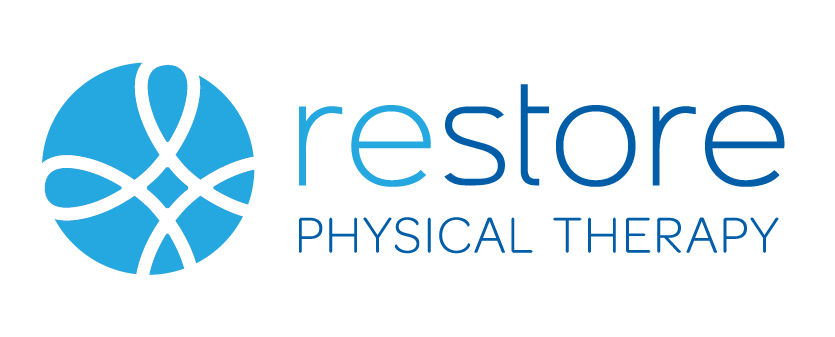Why Runners Should Add PT to Their Training Plans
Rhode Island’s Road Race Season Is Heating Up: How to Stay Healthy When You’re at Your Edge
If you're training for one of Rhode Island’s many July road races, you’re likely hitting peak mileage. And whether it’s your first 5K or your 15th Blessing of the Fleet 10-miler, you may also be hitting peak strain.
Your long runs are getting longer. The heat is rising. And those “little” aches you may be inclined to ignore — pain in the front of your knee, a tight heel in the morning, or sore calves or hip flexors — can turn into big setbacks.
These aren’t just “normal” training side effects. They’re warning signs your body is carrying more load than it’s ready for. Catch them early, and you can stay on track with your training. Ignore them and risk race-day disappointment.
What One Runner Learned the Hard Way
Coach Julia German
"Every time I tried to get back into running, the old patterns would activate and I’d be done for the year — it was so frustrating. But after working with Dr. Amanda for over a year and a half, I’m running without pain and training for my first half marathon ... I can’t say enough about what they do!"
See Coach Julia’s story here.
PT = Part of Your Training Plan, Not Just for After an Injury
Most runners think of physical therapy as something you do only after you’re sidelined. But the truth? PT can be one of your most powerful tools during training.
A skilled PT can assess your running form, check your strength and mobility, and catch small mechanics issues before they turn into big setbacks. By checking in before aches become injuries, you can stay strong, keep up your mileage, and show up to the starting line feeling confident.
Spot Trouble Early (and What to Do)
“Little” aches don’t have to be your “normal.” They’re your body’s way of asking you to pay attention before they turn into the “big” thing that sidelines you. Here’s how to listen to those early signals and what to do next.
Heel pain after morning runs
Might mean: beginning plantar fasciitis
What to do: calf stretching, modify training, ice; gradually strengthen the muscles in the foot. Get assessed.
Knee discomfort during speed workouts or hill repeats
Might mean: load misalignment, weak glutes, or early patellar tendonitis
What to do: ice, and modify activity. Try a single-leg squat test and compare sides. If it keeps coming back, get assessed.
Tight calves or shin pain
Might mean: risk for Achilles strain
What to do: calf raises and work on controlling how you slow down or stop (this helps prevent overload). Check for side-to-side imbalance. Get assessed if pain persists.
“Tight” hips after long runs
Might mean: weak glutes and weak hip flexors
What to do: Strengthen your hip flexors; add bridges and include exercises that activate your core and hip muscles together to improve stability.
One-sided soreness or limping
Might mean: compensation patterns or developing imbalance.
What to do: Schedule a movement screen to correct it early.
Need help getting started?
Dr. Amanda and Dr. Mary put together quick videos to guide you through some of the most important exercises for runners, including hip flexor strengthening and plantar fascia support.
Video Exercise Tips for Runners
Hip Flexor Strengthening
Watch this quick demo to learn how to strengthen your hip flexors and support your overall running form.
Plantar Fascia Support
These simple exercises can help reduce tension and prevent stubborn heel pain from turning into a bigger problem.
Your Secret Weapon for a Resilient Race Season: PT
✅ Prehab vs. rehab: You don’t have to wait for things to strain, tear, or break. PT can catch small issues early and keep you moving.
✅ Movement detective work: At Restore PT, we look at your training load, gait mechanics, strength, and movement patterns — not just where it hurts.
✅ Real, personalized strategies: You won’t leave with a generic handout. You’ll learn exactly how to adjust drills and exercises for your body and your schedule so you can run longer, stronger, and more confidently.
What Recovery Really Looks Like
Forget “just rest for two weeks.”
True recovery means addressing the root cause.
At Restore PT, that might include foam rolling, gradual loading, hip/glute strengthening, and simple drills designed for your schedule and your body. You’ll leave with a clear plan, not just a list of “don’ts.”
Your Action Plan: Run Strong and Healthy
✔ Tune in daily: notice minor aches and those “little” nagging pains
✔ Act fast: start with the basics — ice, stretch, and mobility work
✔ Get a PT check before it’s a crisis: a quick movement screen mid-training can save you from weeks on the sidelines later on.
July Racing Reminders
Races like the Blessing of the Fleet 10-Miler, Sour Apple Half-Marathon, and the Craft Brew 5K are just around the corner.
A pre-race screen — even if it’s “not that bad” — helps you get to the start line healthy, strong, and ready to chase your PR.
Book an eval today – 50% off until July 18 – and take your training to a new level of “race ready.”



